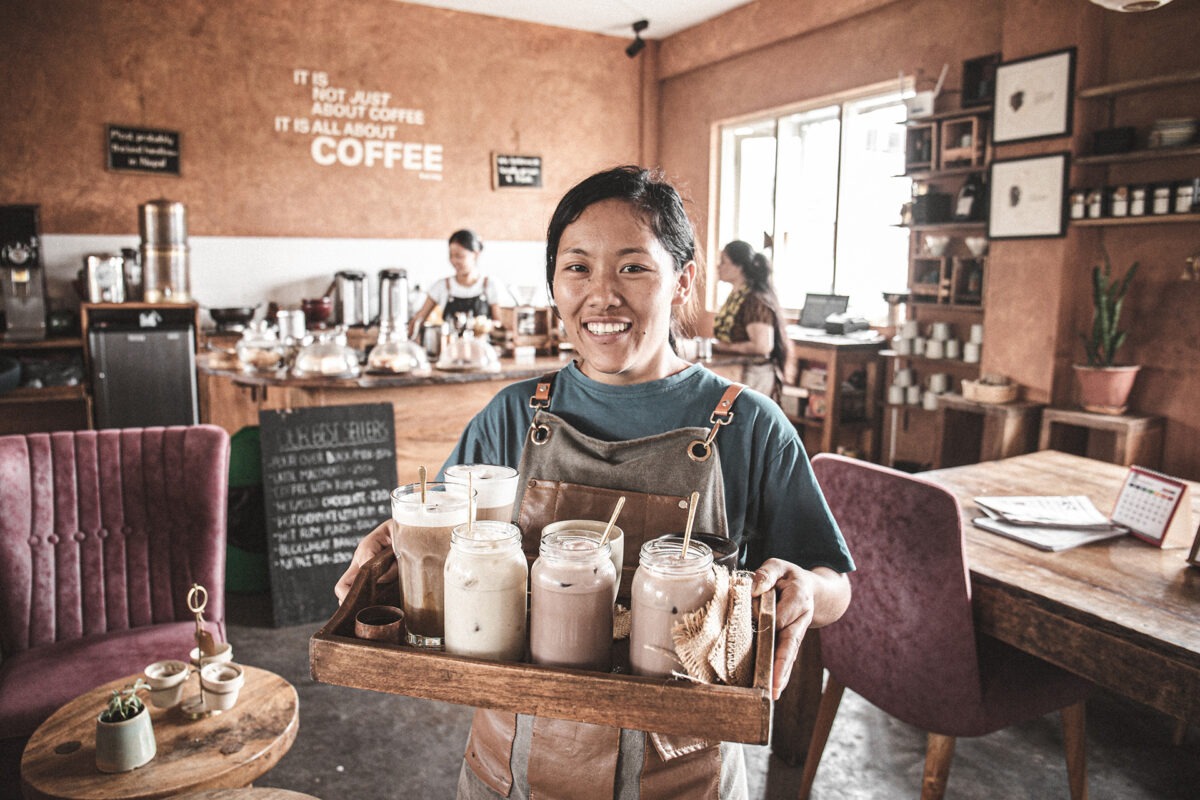
Follow WOWNEWS 24x7 on:
Updated: May 03, 2025 16:40

Nepal’s coffee culture is quietly gaining momentum, blending tradition with modern aspirations. While tea has long dominated the country’s beverage scene, coffee is carving out its own space, driven by passionate farmers, skilled baristas, and a growing appreciation for locally sourced beans.
The journey of Nepalese coffee began in the 1930s when the first seeds were planted in Gulmi District. However, it wasn’t until the late 1970s that coffee cultivation gained recognition as a viable industry. Over the decades, smallholder farmers, cooperatives, and entrepreneurs have worked to refine production methods, ensuring Nepal’s coffee meets international standards.
Regions like Gorkha, Sindhupalchok, Lalitpur, and Palpa have emerged as key coffee-growing areas, producing bold, aromatic beans that reflect the country’s diverse terrain. Despite challenges such as limited infrastructure and fluctuating market demand, Nepal’s coffee industry continues to evolve, with local cafes and roasters championing homegrown flavors.
Kathmandu’s coffee scene is thriving, with specialty cafes showcasing Nepalese beans through innovative brewing techniques. Young baristas are embracing latte art and experimenting with different roast profiles, adding a creative touch to the industry. Meanwhile, coffee academies are training the next generation of professionals, ensuring the craft is passed down with expertise.
The rise of Nepalese coffee is more than just a trend—it’s a movement fueled by resilience and a deep-rooted connection to the land. As farmers and entrepreneurs push forward, Nepal’s coffee culture is poised to make a lasting impact on both local and global markets.
Sources: Rising Nepal Daily, Nepal Database.


